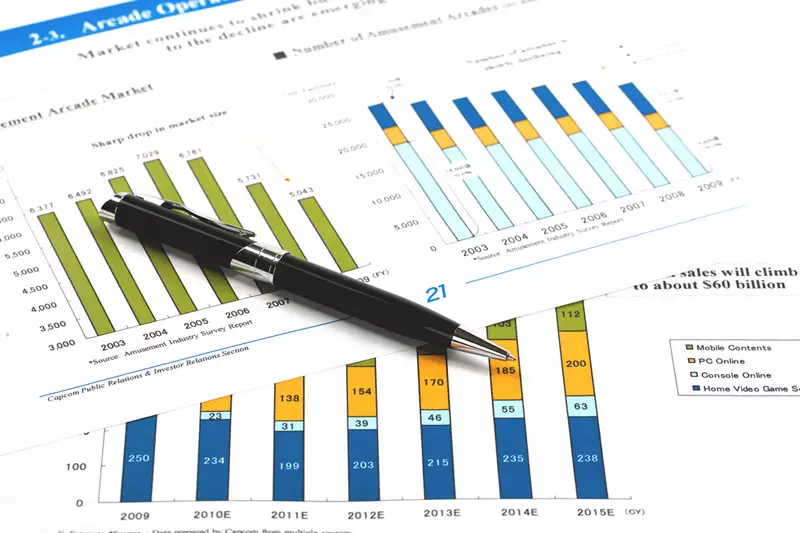The recent yen-buying currency market intervention by Japan may not have immediate repercussions on the U.S. bond market. However, if Tokyo continues to engage in prolonged efforts to prevent the further weakening of the exchange rate, this could lead to disruptions in the bond market. Central banks typically intervene to halt excessive depreciation of their currencies by selling dollar-denominated assets and purchasing their own currency. In Japan’s case, experts believe that yen purchases are funded by the Bank of Japan using dollar deposits, which are later replenished through the sale of short-dated U.S. Treasuries or bills.
Although Japan has a substantial pool of dollar deposits amounting to an estimated $155 billion, this resource is not unlimited. If these reserves are depleted due to repeated interventions, bond investors may question whether Japan, a major overseas holder of Treasuries, will resort to selling U.S. bonds. While Japan recently spent around $35 billion on yen purchases, it explored other avenues before considering U.S. bond sales. These alternative measures include encouraging repatriation, implementing tighter monetary policies, utilizing currency swap lines with the Fed, or seeking funds from other sources.
The possibility of Japan engaging in a protracted struggle with FX markets could trigger knock-on effects in the Treasury market, particularly impacting the 2-5 year segment. While current Japanese interventions may not significantly impact the Treasury market, sustained intervention could lead to yield fluctuations across the curve. Notably, Japan’s status as the largest foreign holder of Treasuries contrasts with its diminishing footprint in the market over the years.
Foreign central banks, including Japan, have significantly reduced their holdings of U.S. Treasury securities in recent years. Japan’s share of outstanding Treasuries has declined from 18.2% in 2004 to less than 4% currently. Similarly, China’s holdings have dropped from 14% to less than 3%. Overall, foreign central banks’ share of total outstanding Treasuries has shrunk to 14% from a peak of 40% in 2008. As a result, foreign private sector entities now hold around 17% of outstanding Treasuries, signaling a shift towards price-sensitive investors.
The changing dynamics of the U.S. bond market have seen foreign private sector entities emerge as significant holders of Treasuries. This transition from price-insensitive foreign central banks to price-sensitive private investors could pose challenges for Treasuries in the future. Analysts suggest that the persistent strength of the U.S. dollar could compel emerging market central banks to sell Treasuries to defend their currencies from depreciation. However, for this to become a significant issue, the scale of foreign exchange interventions would need to increase substantially.
Japan’s yen-buying interventions, while currently limited in scope, could have broader implications for the U.S. bond market if sustained over time. The evolving landscape of foreign central bank holdings and the rise of private sector investors underscore the need for vigilance and monitoring of market developments. Bond investors are advised to remain attentive to potential shifts in global capital flows and foreign exchange interventions that could impact U.S. Treasury yields.

